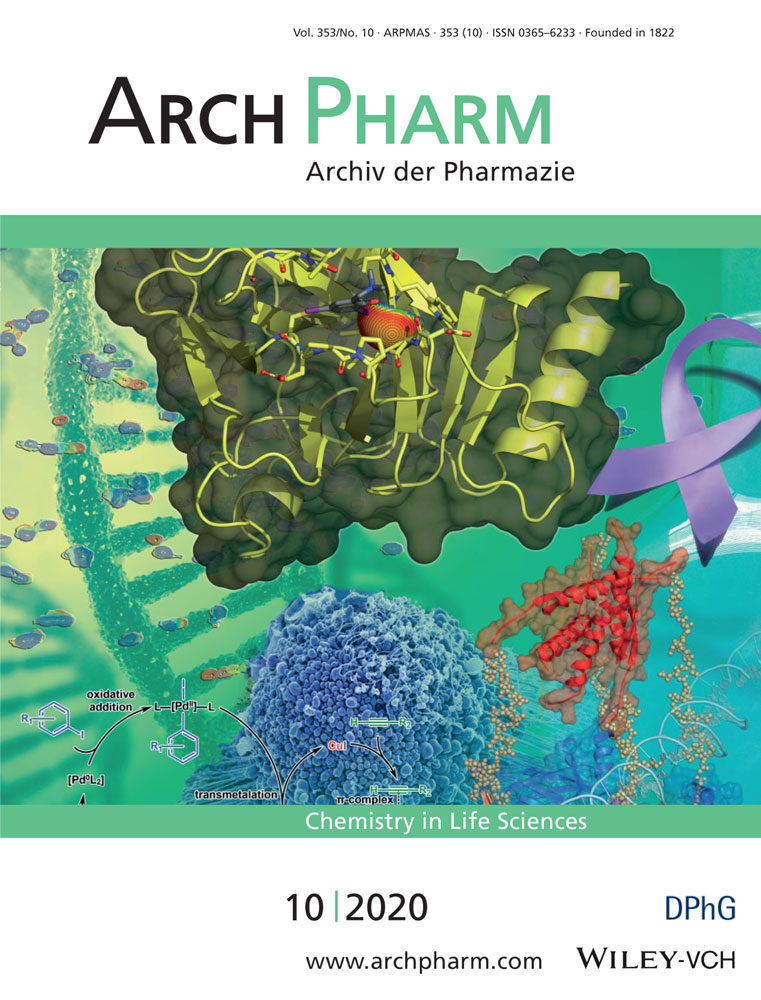Investigation of HMG-CoA reductase inhibitory and antioxidant effects of various hydroxycoumarin derivatives
Abstract
Cardiovascular diseases are one of the primary causes of deaths worldwide, and the development of atherosclerosis is closely related to hypercholesterolemia. As the reduction of the low-density lipoprotein cholesterol level is critical for treating these diseases, the inhibition of 3-hydroxy-3-methyl-glutaryl coenzyme A (HMG-CoA) reductase, which is essentially responsible for cholesterol biosynthesis, stands out as a key solution to lower plasma cholesterol levels. In this study, we synthesized several dihydroxycoumarins and investigated their antioxidant and in vitro HMG-CoA reductase inhibitory effects. Furthermore, we carried out in silico studies and examined the quantum-chemical properties of the coumarin derivatives. We also performed molecular docking experiments and analyzed the binding strength of each coumarin derivative. Our results revealed that compound IV displayed the highest HMG-CoA reductase inhibitory activity (IC50 = 42.0 µM) in vitro. Cupric-reducing antioxidant capacity and ferric-reducing antioxidant power assays demonstrated that coumarin derivatives exhibit potent antioxidant activities. Additionally, a close relationship was found between the lowest unoccupied molecular orbital energy levels and the antioxidant activities.
CONFLICT OF INTERESTS
The authors declare that there are no conflicts of interests.




